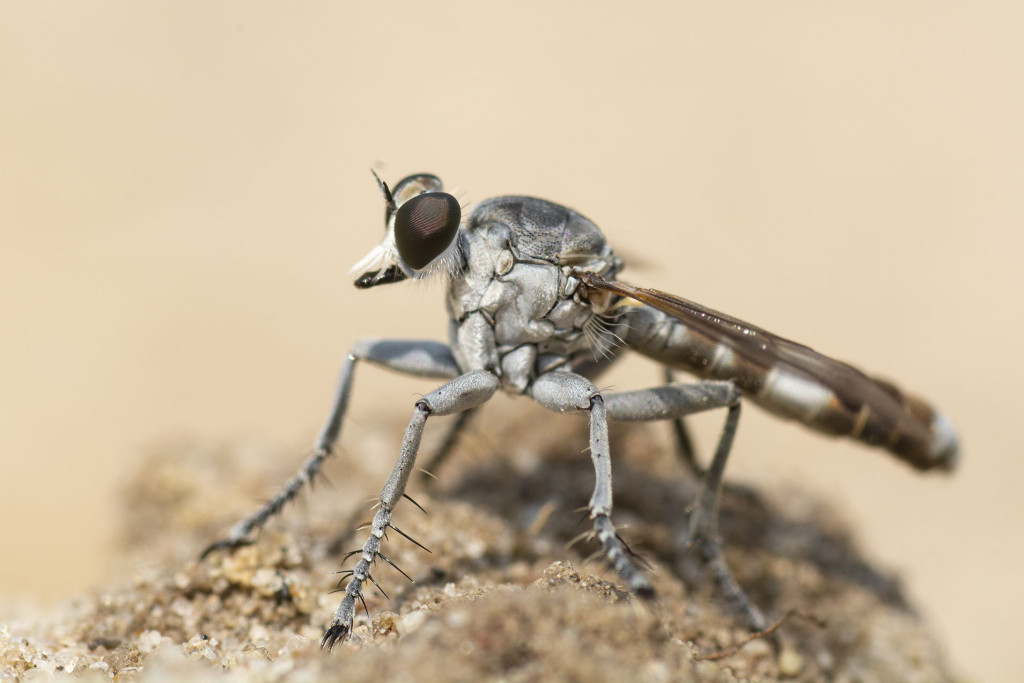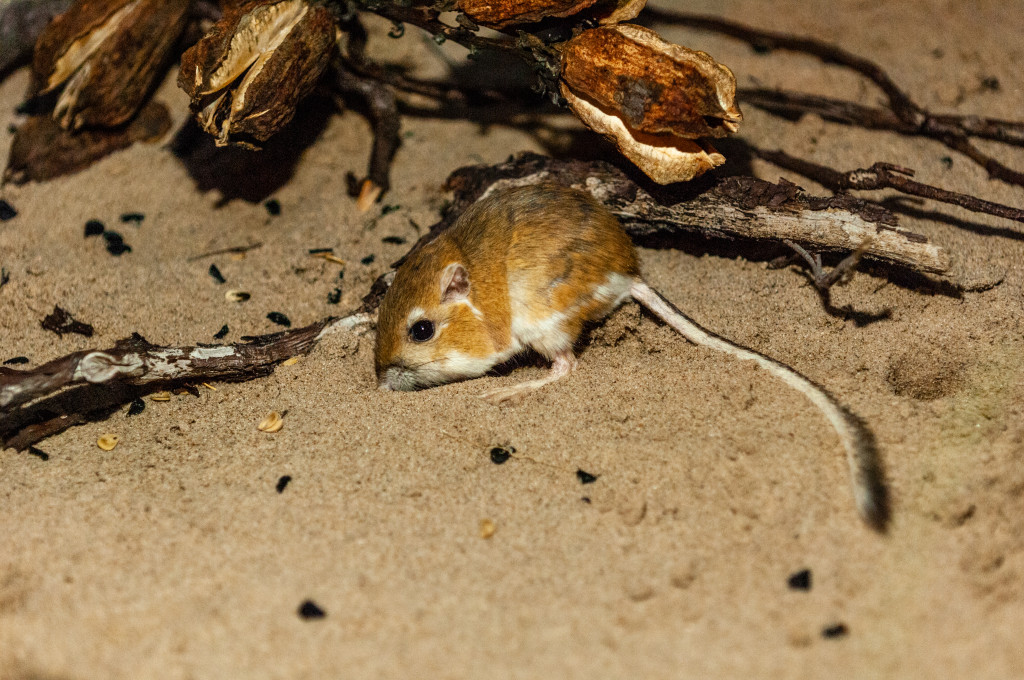Jun 30, 2025
Public encouraged to take part in summer turkey survey
The public may participate in the Game and Parks Commission's annual summer turkey brood survey.

Blowouts in the Nebraska Sandhills need a better public relations agent. They’re unpopular with ranchers, who tend to focus on the reasonable fact that bare sand contains very little cattle food. Among the other residents of the Sandhills prairie, though, that negative opinion is in the minority. Lots of smaller animals love them.
Most of those animals use blowouts as bonus habitat. They’re a nice place to visit, even if they wouldn’t necessarily want to live there. Blowouts can be a great place to bask in the warmth of the sun, for example. Depending upon the topographic location of blowouts, some can host temporary pools of water after rains. Those can be very popular with animals that are either thirsty or seeking a quick bath.
Looking for a pleasant breeze on a warm day? Blowouts were made for wind. For that matter, they were made by wind, but it comes to the same thing. There is almost always at least a little breeze blowing across the bare sand, unobstructed by vegetation. At other times, of course, there’s so much wind it reshapes the topography of the sand, filling in the tracks of recent visitors and creating attractive ripples across the surface of the blowout. It can be a little more challenging to abide in a blowout during that kind of wind, but that’s when a little burrowing or a retreat to the sheltered edges can be a nice option.

There is surprisingly little written about the habitat use of blowouts by animals. If you mention blowouts as habitat, most people immediately think of the blowout penstemon, or maybe blowout grass. Fewer people can name other plants that live in or around blowouts, especially those without the term “blowout” in their titles. There are lots of them, though, including sandhill muhly, lemon scurfpea and painted milkvetch. What about animals?
Kangaroo rats might be the best-known inhabitants of blowouts and other patches of bare sand. Their tracks and holes are easy to find around the edges of blowouts, where they venture out at night to gather leaves, seeds and other food. Some of that is for immediate consumption, but a lot of it gets stored underground for later. Their burrow system includes multiple entrances and exits. If you’re looking to dig up a kangaroo rat to eat, savvy predators know to look for the holes that are plugged up, not the ones that are left open.
Lesser earless lizards are also big fans of open sand. Their tunnels can be found along the edges of blowouts and other patches of bare ground, especially on south-facing slopes that catch plenty of sunshine. They hunt the multitudes of insects and other invertebrates looking to warm up in that same sunshine. When threatened, they can scamper into holes or vegetative cover or just quickly bury themselves in loose sand.
Other animals make their homes in blowouts, too, but most are small and easy to overlook. There are a number of small sand wasps, for example, that dig nest burrows out in the middle of vast expanses of sand. Those entrances are often closed up by blowing sand, but the wasps have an extraordinary ability to find and re-open their tunnels anyway. That’s important, since females of some species make numerous trips to and from those nest burrows carrying flies for their kids to eat.
Several species of tiger beetle are commonly seen in the exposed sand of blowouts. The larvae of some species make tunnels in the same sand, where they position themselves at the entrance and snag any potential prey that wanders too close. As adults, many tiger beetles have a shiny metallic sheen and use their speed and quickness to pursue and capture prey within the broad expanses of sand.

In addition to blowout residents, lots of other animals visit blowouts to enjoy the warmth of the sand, take advantage of the open vistas (easy-to-spot prey or watch for potential threats), or for other reasons. Toads, for example, are commonly seen around blowouts, which helps explain why the toad-eating hognose snake is also a frequent visitor. Butterflies often hang out in the bare sand, too, either basking in the sun or, sometimes, picking up minerals from the sand or manure of other visitors. Lots of beetles make tracks across the bare ground as well, including some species that roll and bury balls of dung in the loose substrate.
Several species of band-winged grasshoppers are often hanging around in blowouts. It’s easy to see why when you look at their camouflaged bodies, which blend perfectly with bare sand. When sitting still, a band-winged grasshopper is almost impossible to spot until it moves. As adults, they can fly to escape predators, often displaying colorful wings and making a loud clacking sound that helps distract anything trying to catch them. If they can cause enough of a distraction, they can then quickly land in a new location and disappear into the background once more.
Robber flies are essentially six-legged, surface-to-air missiles with huge eyes. They are commonly found in blowouts, where they sit quietly until a small insect flies into the air nearby, at which point the robber fly instantly launches and intercepts its prey in the air. The broad open habitat of blowouts are perfect for this predatory approach because robber flies can see potential prey in all directions, as well as any possible threats.
From a distance, blowouts look empty and barren. Upon closer inspection, however, they are full of activity, especially during mornings and evenings. During the heat of the day, many of the animals that use blowouts have retreated underground or into the cool shade around the edges of the open sand. Even then, signs of the abundant and diverse blowout community can be found in the tracks, burrows and other evidence left in the bare sand. That is, unless the wind is blowing.
Maybe blowouts just need a better name. The term “blowout” can be positive in the case of a big sale at your local mattress store, but usually carries a more negative connotation. No one wants a blowout while driving, for example. Some aspiring public relations firm could surely come up with a more positive way to refer to these little wildlife havens. Sand bowls? Wind scoops? Toad nooks? You get the idea.